White-painted flower vase by Ogawa Bunsai (5th generation)
White-painted flower vase by Ogawa Bunsai (5th generation)
Couldn't load pickup availability
Width: 16.0cm x 16.0cm Height: 17.0cm
A form of prayer dwelling in white silence
"White Flower Vase" by Bunsai Ogawa, 5th dynasty
The "Hakusai Flower Vase" by Ogawa Bunsai 5th is a work that radiates a sacredness that seems to purify the entire space just by being there. The white glaze is modest yet has a deep luster while retaining the warmth of the earth, creating delicate shadows that are reminiscent of the earth after snow melts. This flower vase is a presence that gently accompanies the daily activities of the viewer and brings tranquility and peace of mind.
At first glance, the glaze appears to be a uniform white, but in reality, multiple layers of glaze blend together, revealing subtle hints of the iron and clay contained within. In natural light, it shines with a gentle milky white color, while in shadow it reflects a dull metallic quality, and reflects a variety of different expressions depending on the light. Small cracks and sparkling particles appear on the surface, giving the piece a sense of life, as if the vessel itself is breathing.
The overall shape of the vase is a gentle egg shape, with taut shoulders, a bulging body, and a soft taper towards the bottom, creating a sense of comfort like that of a mother's body. This shape achieves an ideal balance that naturally highlights the flowers placed inside, perfectly combining practicality as a vase with aesthetic beauty.
The essence of beauty hidden in silence
The fifth generation Ogawa Bunsai was skilled in the art of deeply spiritual beauty that resides in subdued flashiness. In this work, White Painted Flower Vase, he has kept the gorgeousness and decorativeness to a minimum, instead entrusting the "beauty of utility" and the "form of prayer" to the space and tranquility.
The color white has the capacity to embrace everything without fear of dirt, and at the same time symbolizes strictness and purity. In this piece, white is not just clean and beautiful, but it is also the color that most succinctly embodies the idea of "vessels that bring harmony" that was so important to Godai.
Furthermore, slight traces of the potter's wheel and the minute distortions that appear naturally during firing retain the breath of something that can only be achieved by hand, exuding Godai's pottery-making philosophy that it is here that true beauty resides.
Artist profile - The footsteps of Ogawa Bunsai the Five
Ogawa Bunsai V (real name: Ogawa Kinji) was born as the second son of Ogawa Bunsai IV in Gojozaka, Kyoto in 1926. Starting with his first selection in the Nitten Exhibition in 1950, he went on to win numerous awards, including first place at the Modern Japanese Ceramic Art Exhibition, the Nitten Special Selection and Hokuto Award, and the Minister of Education Award, becoming a leading figure in the world of modern Japanese ceramics.
His talent was widely recognized around the world, and he won the Grand Prix at the Vallauris International Ceramic Exhibition in France in 1974. After assuming the name of Bunsai Godai in 1991, he devoted himself to nurturing the next generation of potters as president of Kyoto College of Arts (now Kyoto University of Arts), and was active in both education and ceramics, under the philosophy that "tradition is a spirit that should always be questioned."
The will of the sixth generation, Bunsai Ogawa
Currently, the sixth generation Ogawa Bunsai (Oki) has inherited the lineage and spirit of the Bunsai kiln. In the fifth generation, red glazes were used extensively to express passion and vitality, but the sixth generation focuses on soft and peaceful expressions symbolized by green. This "White Flower Vase" also tells us that in all generations, "color" is not just a surface decoration, but an expression of the artist's way of life and spirit.
In conclusion - Infinite scenery residing in white
The White Flower Vase by Ogawa Bunsai 5th is a work that is a crystallization of "use and beauty" with its tranquil and elegant appearance. Its modest colors and organic shape show the essence of pottery that will continue to be loved for a long time, transcending time and fashion.
We hope that through this vase you will be able to slowly savor the prayers and spirituality that Godai entrusted to the pottery, and the lineage of Bunsai beauty that has been passed down.
Share

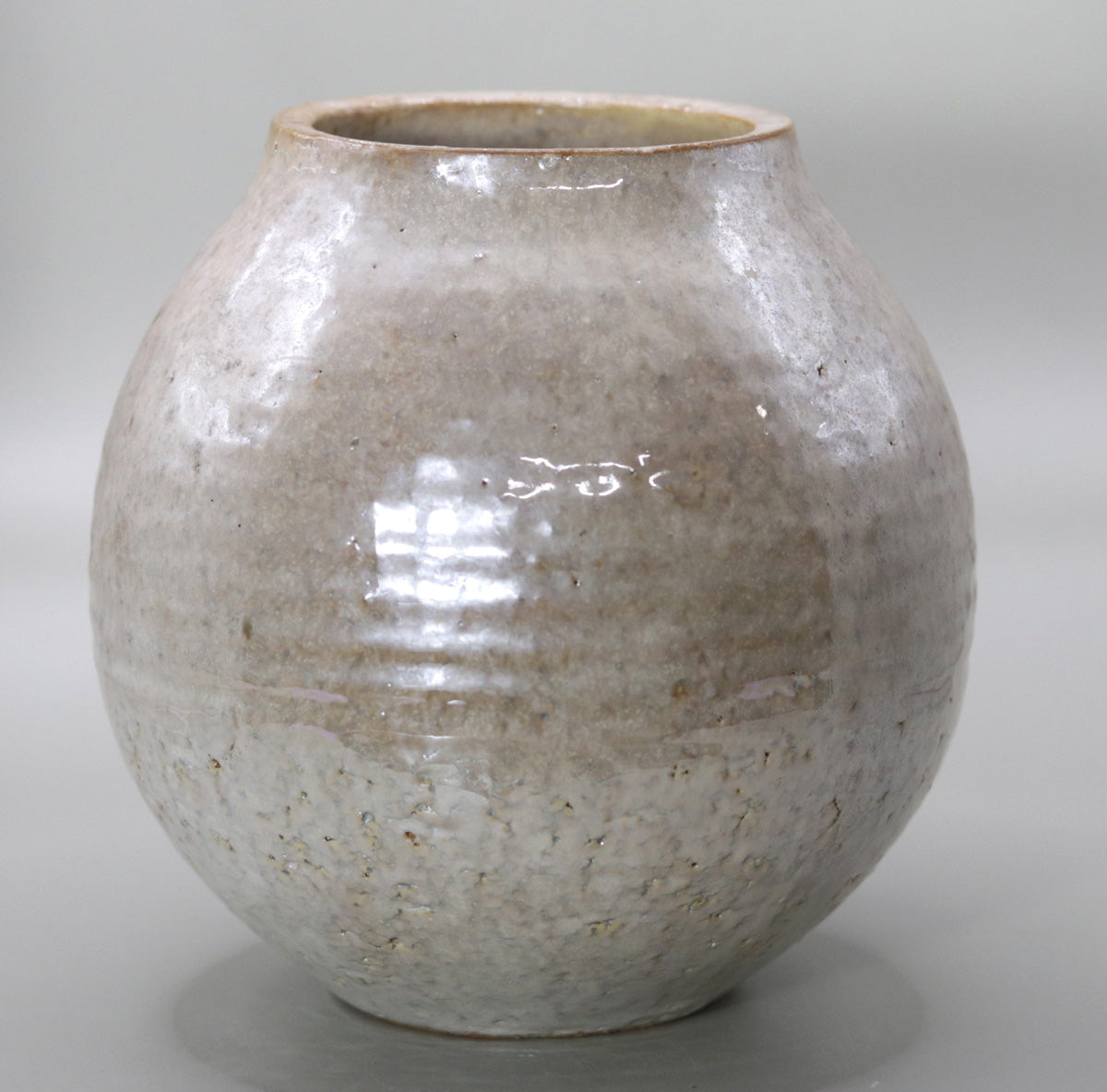
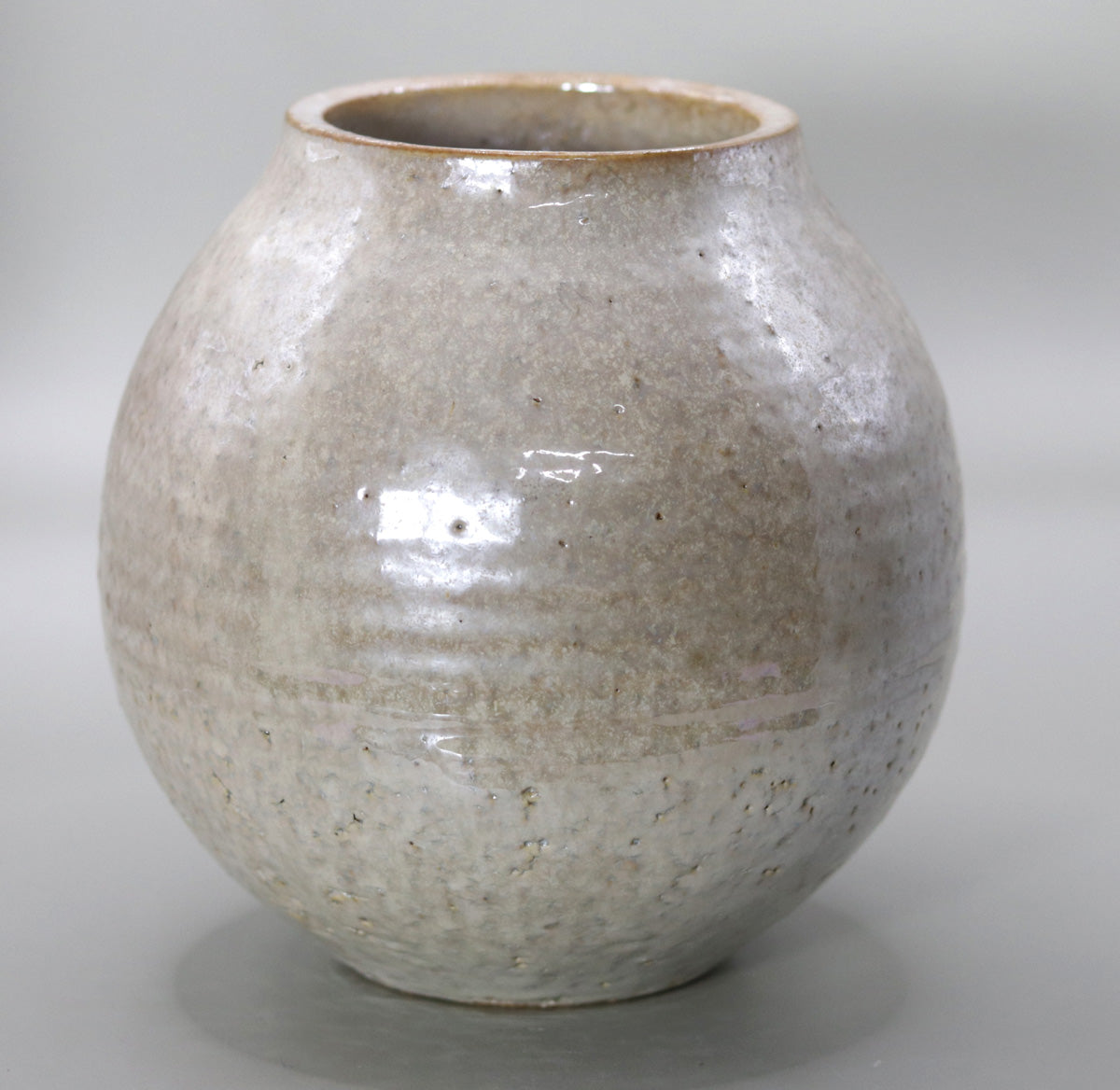
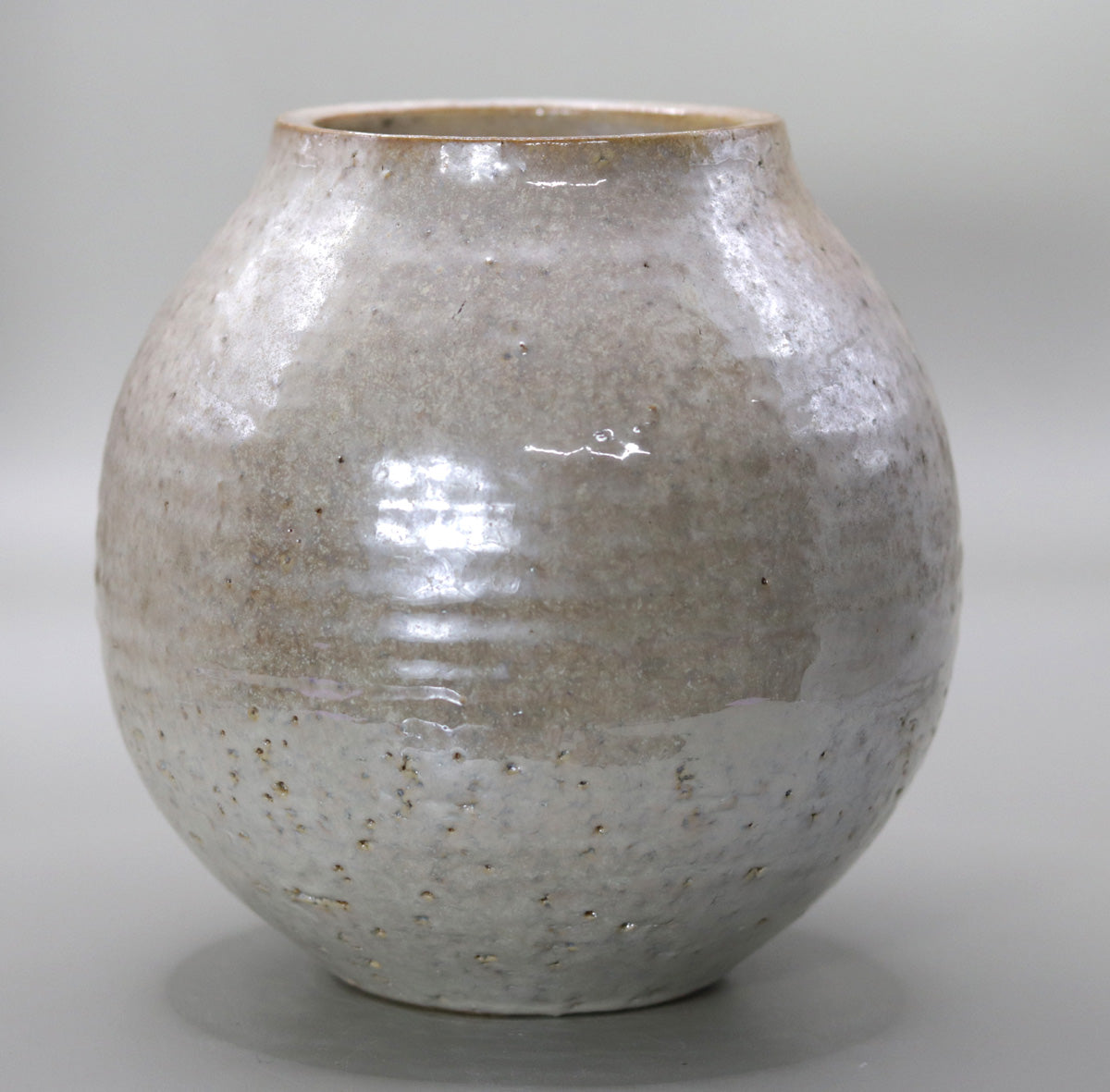
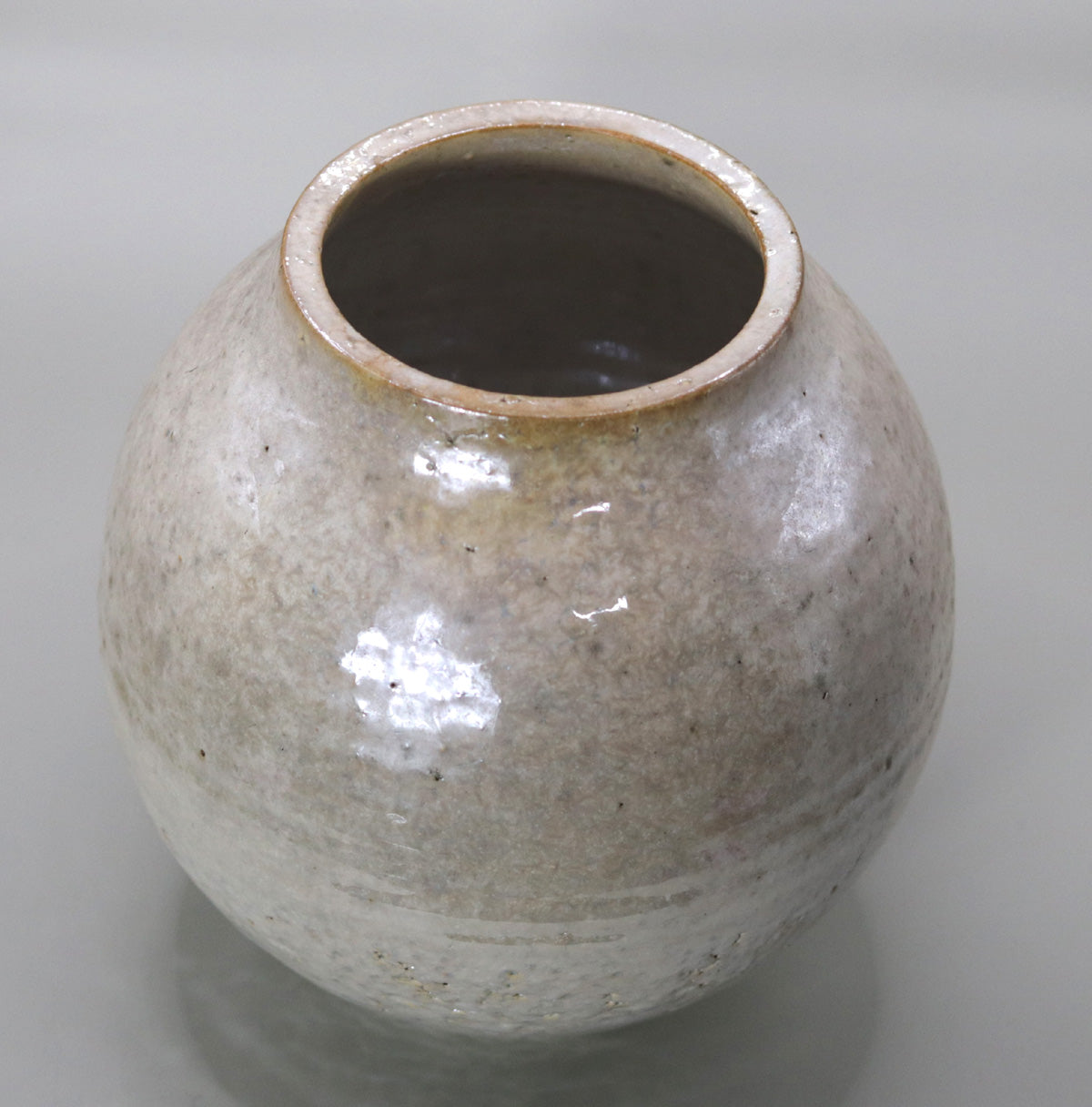
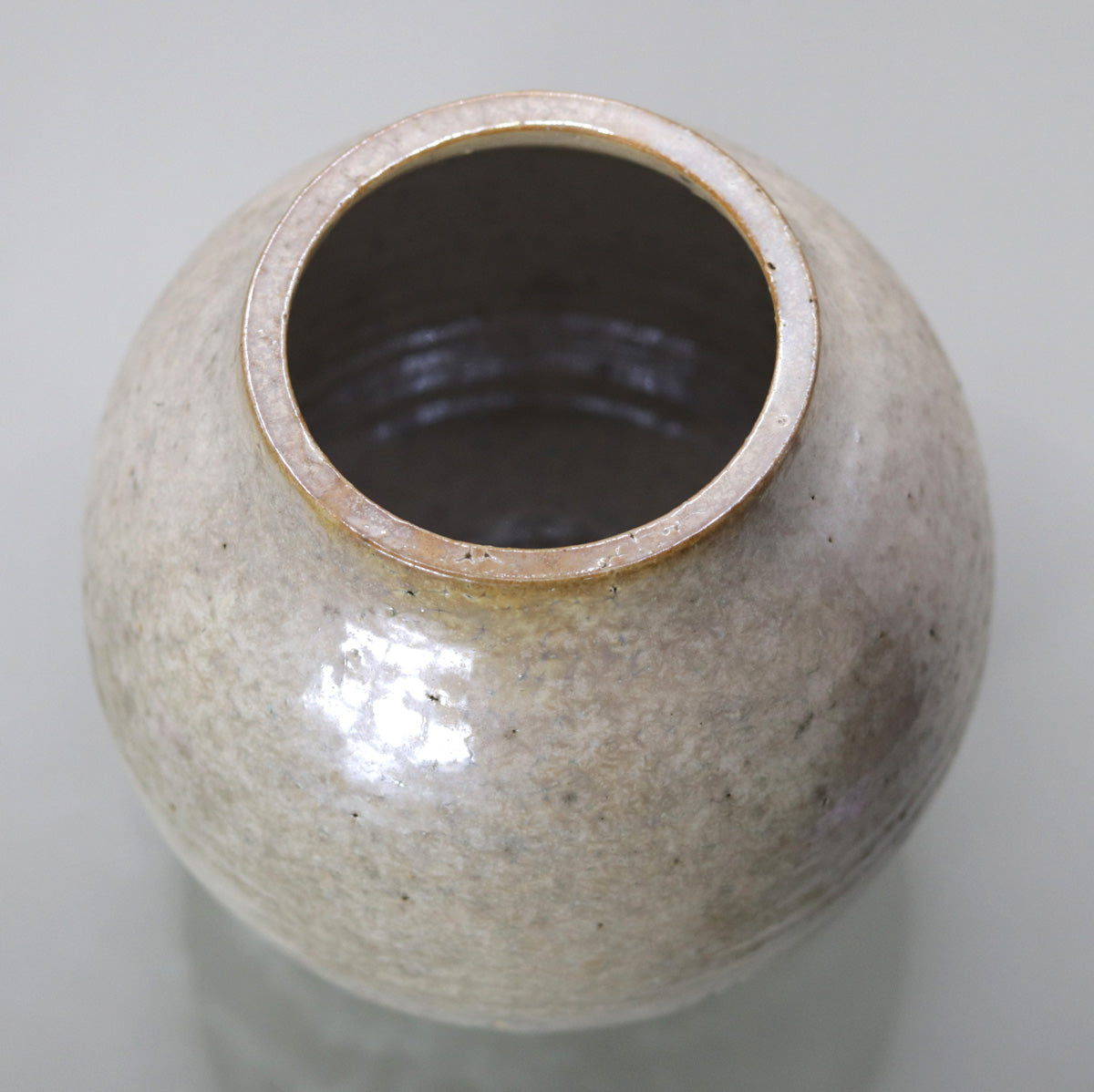
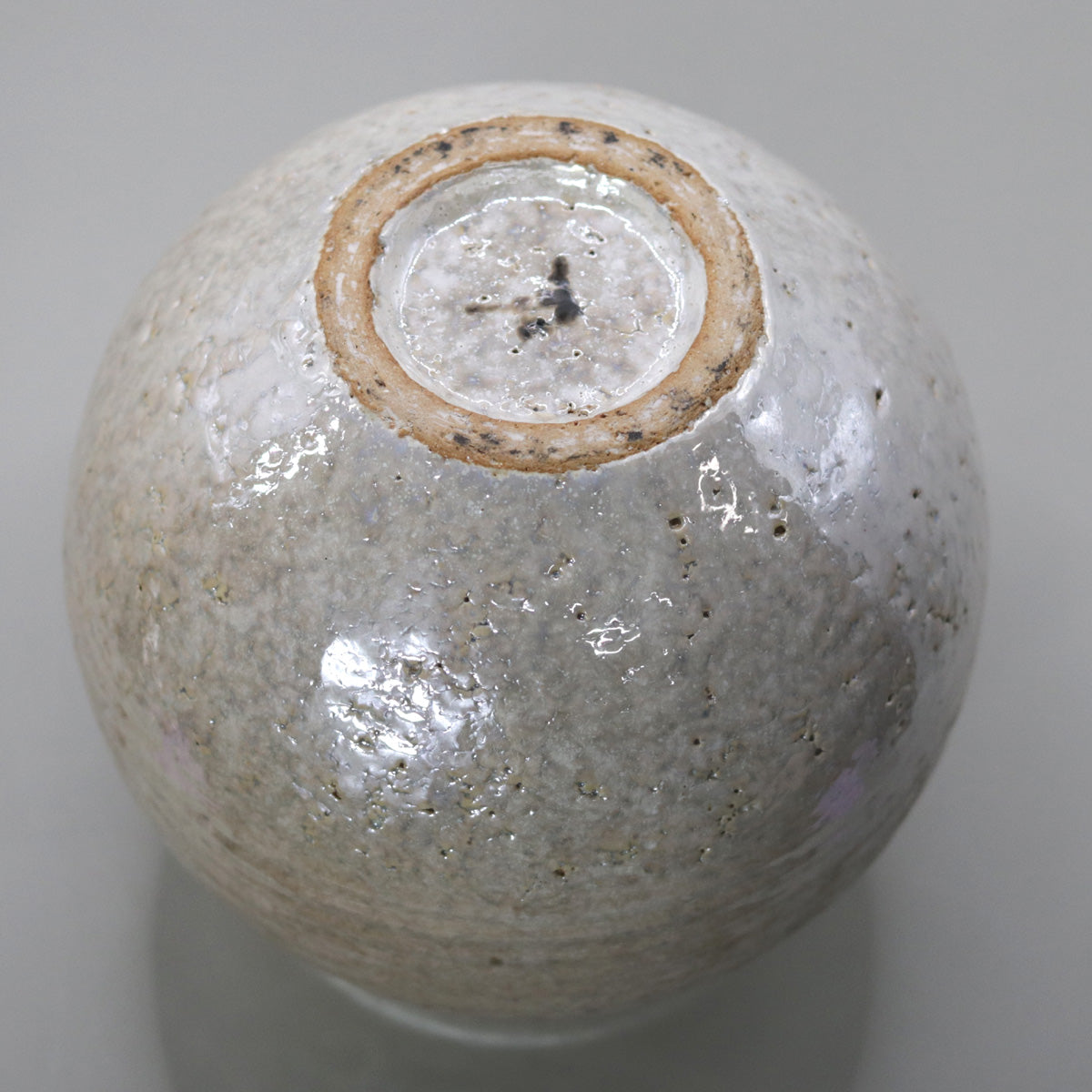
Multi-Column
-
[I will send it to you quickly and carefully]
We carefully package each product in a way that suits it best.
Also, delivery times vary depending on the piece (vessel, etc.).
Items that already come with a box will be shipped within 1-3 days of the order date.
For items that require a box to be made after your order, it will take approximately 30 days for production to be completed and then shipped.
In either case, once we have confirmed your order, we will contact you by email to inform you of the delivery date.
-
[Requests when purchasing pottery]
Even products that look the same may differ slightly in color, shape, size, etc.
The way the glaze is used, the power of the kiln, the firing method, the season, and the humidity also affect the appearance of the pottery.
Please understand the individuality of each piece of pottery and enjoy the unique warmth of handmade.







